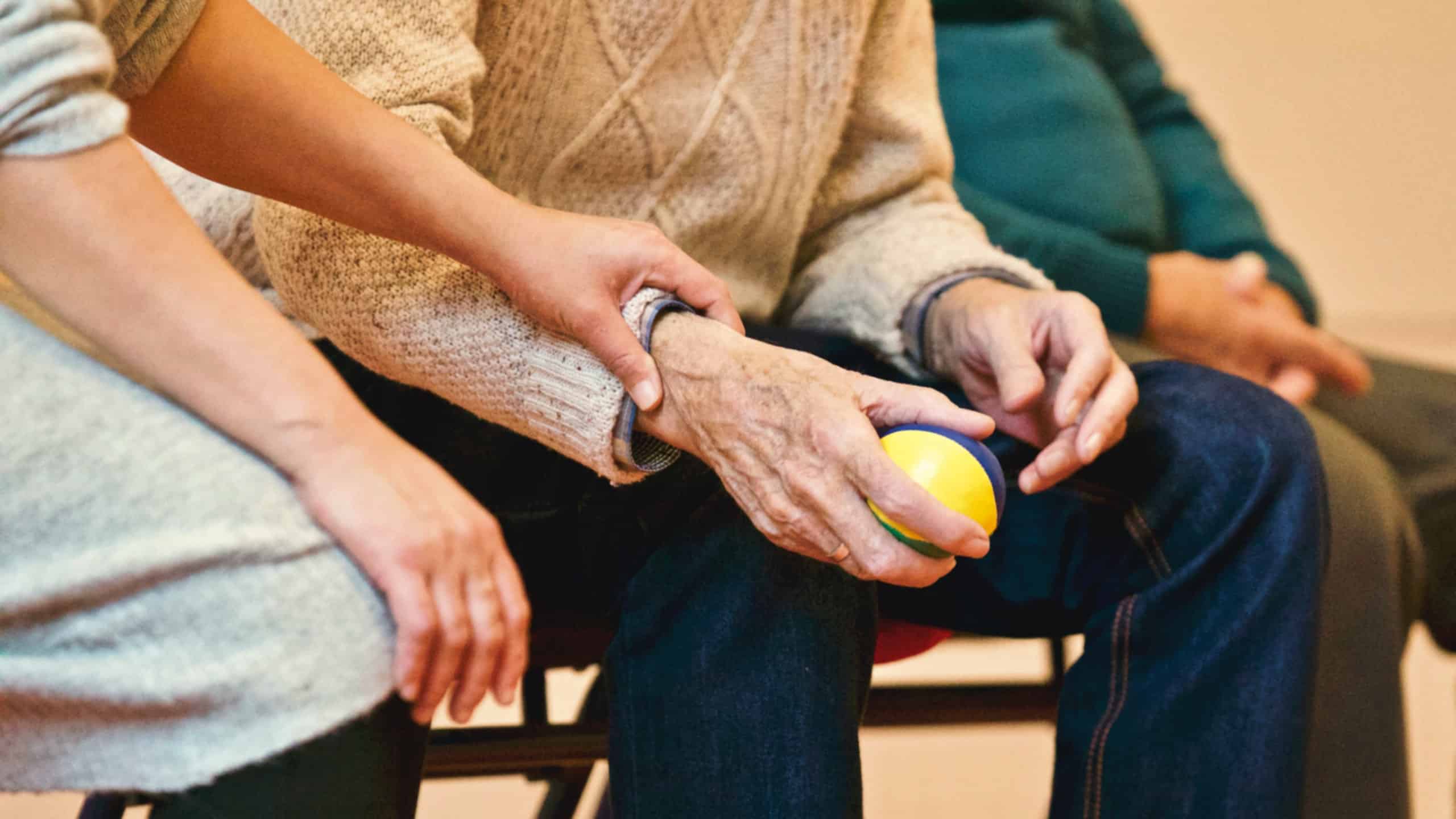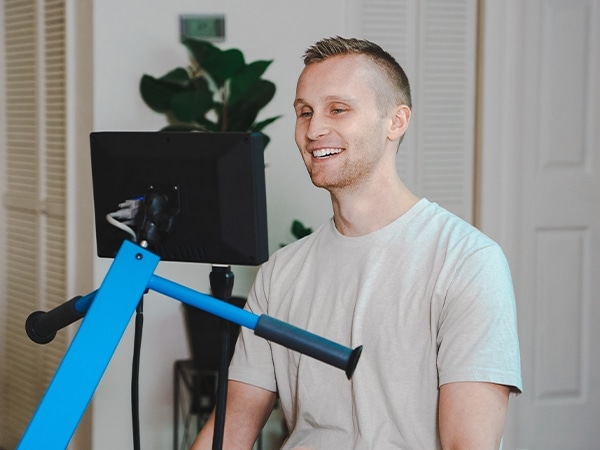The Benefits of FES Cycling After a Stroke
July 12, 2024
How can FES Cycling Help After a Stroke?
The Impact of Having a Stroke
Stroke (cerebrovascular accident or CVA) is a leading cause of death in the United States, killing more than 130,000 Americans every year [1]. Moreover, stroke is a leading cause of long-term disability, especially hemiparesis (weakness or paralysis on one side of the body). In fact, roughly 80% of stroke survivors have hemiparesis [2], which can cause difficulty in speaking, grasping objects, or walking.
Therefore, rehabilitation following a stroke resulting in hemiparesis usually involves a combination of occupational therapy, speech therapy, and physical therapy. Independence in daily living, especially independent walking, is a priority for stroke survivors, so a major objective of rehabilitation post-stroke is to recover the ability to walk normally.

Recovery of walking ability after a stroke is a complicated process, as walking function depends on motor control, muscular strength/power, cardiorespiratory fitness, and other factors [3]. There are many different therapeutic interventions aimed at improving walking function that addresses one or more of these factors.
Recently, therapists have increased their use of task-specific training using bodyweight-supported treadmills or robotic gait trainers, but such systems are often complex, expensive, and difficult to use in a timely manner. Gait training is particularly difficult for patients with severely limited walking ability, limiting its effectiveness for the people who may need it most.
Cycling for Stroke Patients
Stationary cycling is a tried and true means of exercise and rehabilitation, and it may be just as effective at improving gait as bodyweight-supported or robotic gait training devices [4]. Cycling is an effective therapeutic tool for improving walking post-stroke for a number of reasons.
- Cycling allows for continuous, repetitive motion involving symmetric, coordinated flexion and extension of the joints with agonist/antagonist muscle activation through a greater range of motion than that in walking
- It can be used early post-stroke, when patients may not yet be able to participate in traditional gait training
- Cycling can easily be continued beyond rehab and incorporated into a healthy lifestyle, minimizing the risk of subsequent strokes
- It may be safer than gait training, as balance isn’t required, minimizing the fear and risk of falling
- Cycling outcomes are easily quantifiable, and different training effects can be achieved by altering only a few parameters (e.g., muscular strength can be trained with low cadence and high resistance, while cardiorespiratory fitness can be trained with high cadence and low resistance)
The Added Benefits of FES Cycling
When functional electrical stimulation (FES) is added to cycling (FES cycling), the benefits of cycling for people post-stroke can be amplified. Several studies have demonstrated the benefits of FES cycling for people post-stroke [5]–[10], including the following.
- Improved aerobic capacity and cardiopulmonary function
- Improved symmetry and smoothness of cycling
- Improved muscle strength, tone, and power output
- Improved postural control and motor coordination
- Reduced muscle spasticity
- Increased walking speed, step length, symmetry, and balance

FES itself adds the benefits of preventing muscle atrophy, increasing blood flow, re-educating the muscles, and maintaining/increasing joint range of motion. FES cycling may also provide afferent sensory input to the central nervous system that enhances brain plasticity and cortical motor output, which may further improve functional outcomes in a manner similar to the effect of FES-cycling for people with Parkinson’s disease.
The MyoCycle
Clearly, combining the benefits of cycling with the benefits of FES can improve the health and functional performance of people who have suffered a stroke. The MyoCycle is an FES-cycling therapy system that combines the benefits of cycling, isokinetic exercise, and FES into one affordable, easy-to-use system.
If you or someone you love has had a stroke and is interested in FES cycling, reach out to us today to learn how the MyoCycle can meet your needs!
